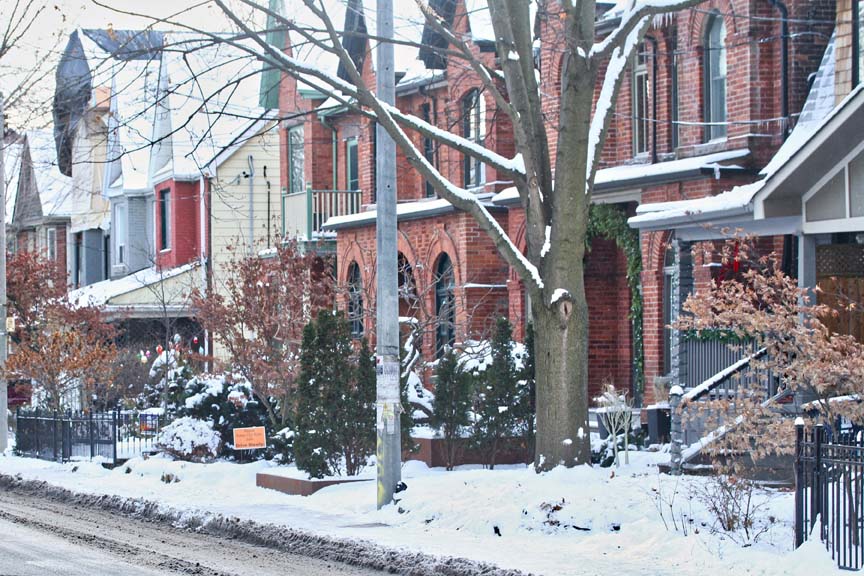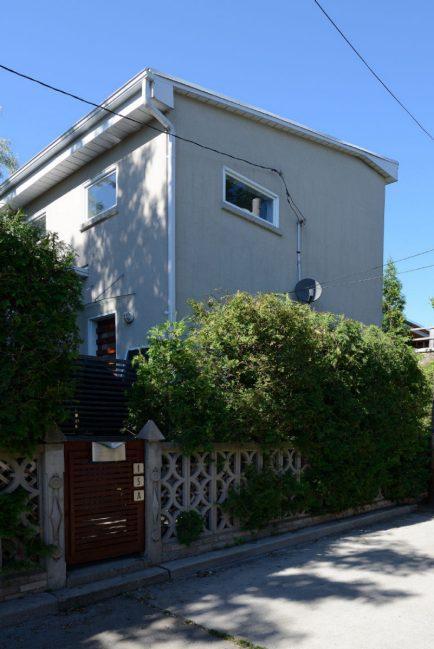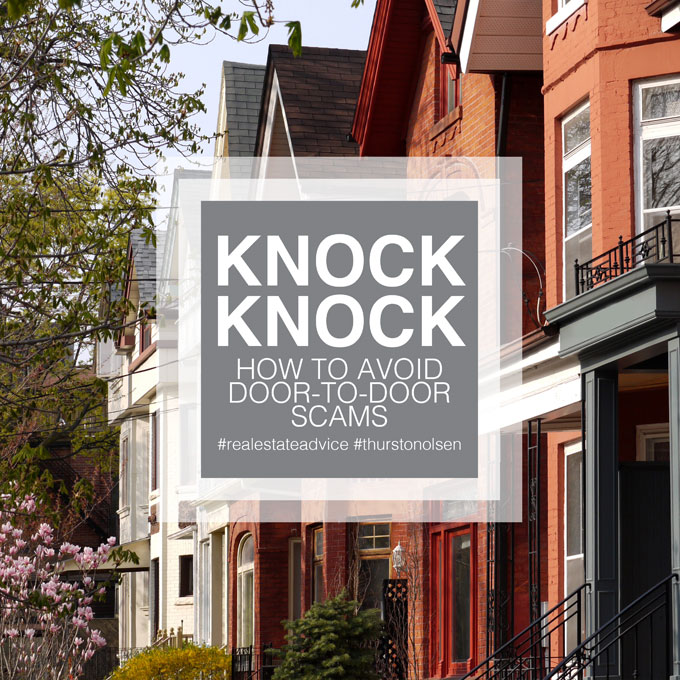Small portion of Toronto homeowners are foreign buyers
Foreign buyers make up a minuscule portion of the overall housing market in this country, new research shows, but what they own is more expensive and newer than the average Canadian homeowner.

And there are indications foreign buyers are moving out of the traditional bases of Toronto and Vancouver and into new cities.
Non-residents owned 3.4 per cent of all residential properties in Toronto and 4.8 per cent of residential properties in Vancouver, according to new housing statistics by Canada Mortgage and Housing Corp. and Statistics Canada.
Largely what foreign buyers scoop up are newer, more expensive homes. In Vancouver, non-resident owners, as they’re known, had homes valued on average at $2.3 million compared to $1.6 million for the owners whose primary residence was in Canada.
In Toronto, the average detached home owned by a non-resident was valued at $944,100 compared to $840,600 for residents, a difference of $103,500 or 12.3 per cent.
Foreign owners are stepping into the big-city condo market where, again, what they own is more expensive than the what residents own. In and around Toronto, the average assessed value for a condo owned by a non-resident was $420,500, compared to $385,900 for a resident. In Vancouver, the figures are $691,500 and $526,700, respectively.
CMHC says that overall, foreign buyers owned less than one per cent of the condo stock in 17 metropolitan areas across the country.
The figures mark the first time that CMHC and Statistics Canada have measured foreign ownership in the country’s hot housing market to see how much influence foreign buyers have over skyrocketing prices.
Ontario and B.C. have rules in place to dampen foreign interest in buying properties as investments.
The data from CMHC suggests that the foreign buyer tax in both provinces has shifted foreign ownership to other parts of the country.
The CMHC survey found that downtown Montreal and the city’s Nun’s Island had the largest increases in the share of non-resident owners over the last year. On Nun’s Island, the rate went from 4.3 per cent in 2016 to 7.6 per cent this year; on the Island of Montreal, the rate went from 0.9 per cent to 1.5 per cent.
“The lack of growth in Toronto and Vancouver, combined with the increases in Montreal, indicate the possibility of a shift from these centres after the introduction of foreign buyers’ taxes in Ontario and British Columbia,” CMHC chief economist Bob Dugan said in a release accompanying the data.
“Other factors attracting demand to Montreal include lower housing prices and a relatively strong economy.”
The head of CMHC has publicly argued that foreign ownership is not the main driver for increasing housing prices. Evan Siddall has previously said that foreign ownership makes up less than five per cent of the housing market.
“Foreign ownership is a thing; it’s not the thing,” Siddall said in an interview earlier this year.
“The sources of demand that are pushing prices higher are manyfold and the sources of investment speculation … in the real estate part of our economy are manyfold and more domestic than foreign.”



